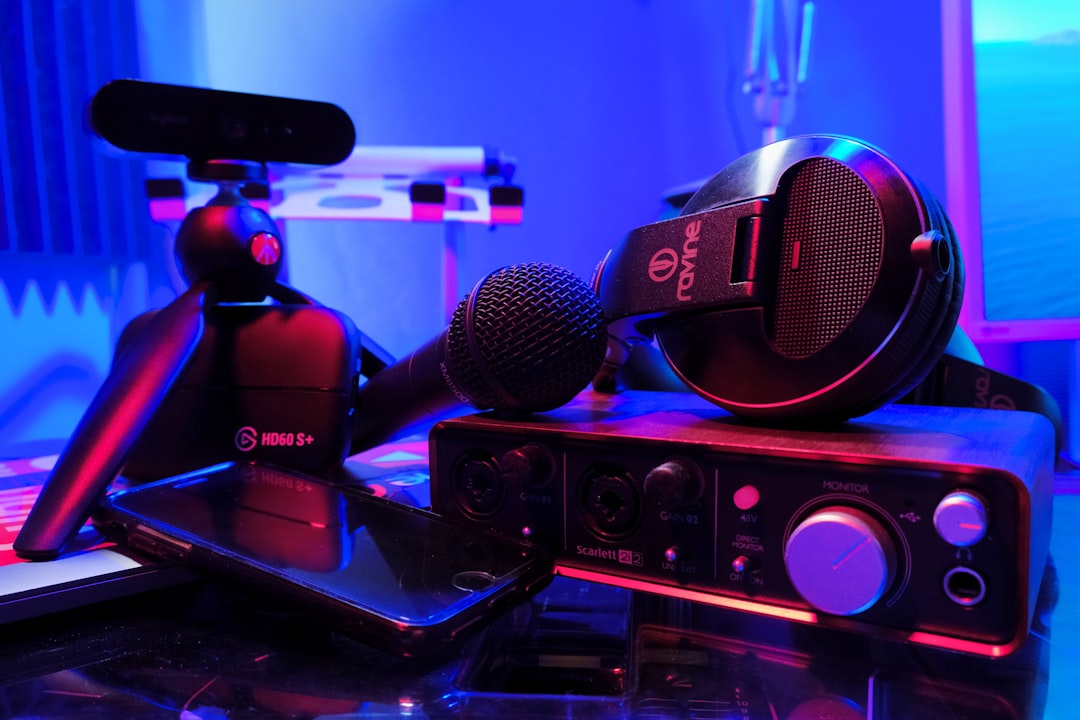With the rise of new digital platforms designed to empower creators, it’s natural to wonder: Can you make money on Rednote? As content creators seek fresh avenues to monetize their talents, Rednote has emerged as an intriguing option. But how does it work? Is it a golden goose or just another empty promise? Let’s break it down and find out.
TLDR
Yes, you can make money on Rednote, but like any platform, it requires strategy, consistent effort, and quality content. Rednote allows users to earn through licensing, partnerships, fan tipping, and creator promotions. It primarily benefits musicians, vocalists, and sound designers, though other creators can get involved indirectly. If you’re willing to invest time into growing a presence and understanding what the audience wants, Rednote can be a lucrative platform.
What is Rednote?
Rednote is a growing audio-first social platform designed to allow users to share music snippets, sound expressions, and personalized audio messages. It enables the integration of audio content into social experiences, such as messaging and storytelling, effectively blending creativity with communication. It’s part music tool, part social connector, positioning itself as a unique offering in the crowded creator economy.
Where Rednote stands out is its focus on short, expressive audio content that enhances digital interactions. Creators, especially musicians, voice actors, and producers, use the platform to generate and share sonic ideas — from catchy riffs to emotional voice notes. These audio clips are then used by end users to personalize messages, posts, or reactions in digital conversations.
How Does the Monetization Model Work?
Rednote’s monetization strategy focuses on giving creators revenue through various streams. Unlike some older platforms that rely solely on ad revenue sharing, Rednote integrates more modern, diversified options. Below are the most relevant ways users can earn:
1. Sonic Snippet Licensing
When you upload audio content, like a short guitar riff or a unique vocal harmony, it becomes part of the Rednote library that others can use. If your audio becomes popular—let’s say people use it frequently in their messages—you earn based on licensing and usage frequency.
Key factors that determine licensing revenue:
- Number of times your snippet is used or embedded
- Geographic spread and demographic engagement
- Popularity in commercial or premium channels
2. Creator Partner Programs
Rednote supports a partner program for top-performing users. Once you hit certain metrics—like number of snippets uploaded, consistent engagement, or usage in branded campaigns—you may be invited to earn from Rednote’s promotional budget or from collaboration deals with brands looking to tap into audio storytelling.
3. Fan Tipping and Direct Support
Similar to platforms like Patreon and Ko-fi, Rednote includes features where fans and users can tip their favorite creators. If your work resonates with people or if you provide exclusive, high-quality content, there’s a good chance listeners will offer support.
4. Sponsored Content and Brand Deals
Rednote is actively partnering with music brands and lifestyle companies. If your content fits a particular aesthetic or vibe that matches a brand’s identity, you may land a sponsorship deal. These are typically reserved for high-engagement creators but offer lucrative payouts.

What Kind of Creators Thrive on Rednote?
Not all content creators are a perfect fit for every platform. Rednote is best suited for:
- Musicians: Share riffs, melodies, hooks, and vocal harmonies for others to use in messages or social media.
- Vocal Artists: Create unique voice snippets, messages, or emotions for overlays or character roles.
- Producers and Sound Designers: Upload ambient sounds, beats, or effects that others can adopt for posts.
That said, even non-musical creators like comedians, podcasters, and poets have found niches on the platform by bringing creative audio twists to the community. The key is originality — no one wants generic soundbites anymore. People want intriguing, funny, heartfelt, or cinematic audio that amplifies conversations.
Tips to Maximize Your Earnings on Rednote
If you’re excited by the idea of turning Rednote into a revenue channel, it’s important to approach it strategically. Here are some expert-driven tips for boosting visibility and income:
- Focus on Quality over Quantity: One well-produced, memorable sound clip will outperform a dozen rushed ones. Take your time to develop your audio.
- Leverage Trends and Memes: Ride the wave by creating audio clips aligned with current trends, holidays, or viral moments.
- Engage with the Community: Rednote is also a social platform, so interact, comment, and share. Engagement increases your visibility.
- Optimize Your Descriptions: Tag your clips effectively with relevant keywords and descriptions to help users find them quickly.
- Promote Outside Rednote: Share your Rednote creations on TikTok, Instagram, and YouTube Shorts to drive traffic back to your profile.
Success Stories on Rednote
Many creators from niche genres and backgrounds are making a name for themselves on Rednote. A lo-fi beat artist managed to earn four figures in just two months by creating catchy background loops that got picked up by content creators. Another artist, a voice actor, became widely popular for creating seasonal character voices (think “sexy pumpkin” for Halloween) which were heavily used in messages and earned her deals with themed merchandise companies.
Of course, these aren’t overnight successes. Consistency and innovating with your soundscapes are key. What works on Rednote is staying ahead of trends while remaining uniquely you.
Limitations and Challenges
As promising as Rednote is, it’s worth acknowledging that it’s still a growing platform, and that comes with challenges:
- Limited discoverability: The algorithm is still evolving, which can make it hard for new creators to get noticed quickly.
- Niche audience: Although fast-growing, the active user base is smaller compared to giants like Spotify or TikTok.
- Requires audio equipment: To stand out, creators often need decent microphones and editing tools, which can be a barrier to entry.
However, those willing to experiment and grow with the platform may find these early challenges turn into unique creator opportunities in the near future.
Is Rednote Right for You?
If you’re a creator with an ear for innovation, a knack for audio, and the patience to build an audience, then yes — Rednote isn’t just a fun app, it can be a business. However, it shouldn’t be your only revenue stream. Integrate Rednote into a broader content strategy that includes cross-posting and fan engagement on other platforms.
Conclusion
Rednote may not yet match the financial opportunities on platforms like YouTube or Patreon, but its untapped market and unique audio-first experience give it a competitive edge. If you’re early to the platform and deliver consistently engaging, useful audio, you might very well carve out a profitable niche.
So, can you make money on Rednote? The answer is a confident yes — if you’re willing to put in the work and embrace an audio-centered creative journey.
